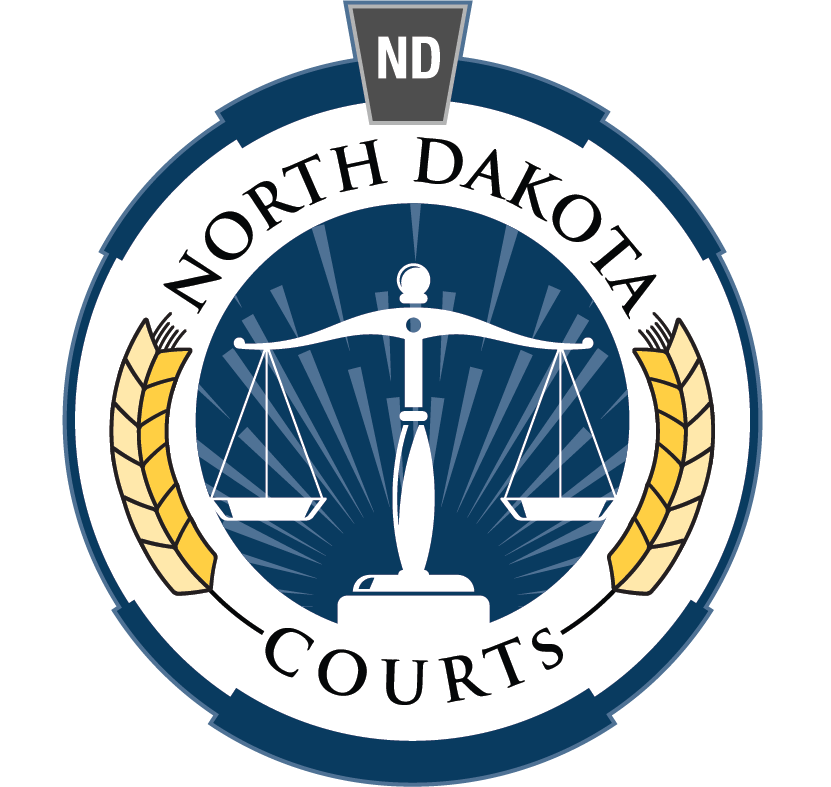RULE 105. LIMITING EVIDENCE THAT IS NOT ADMISSIBLE AGAINST OTHER PARTIES OR FOR OTHER PURPOSES
Effective Date: 3/1/2014
If the court admits evidence that is admissible against a party or for a purpose, but not against another party or for another purpose, the court, on timely request, must restrict the evidence to its proper scope and instruct the jury accordingly.
Rule 105 was amended, effective March 1, 2014.
Evidence is often admissible for one purpose, but not for another. Whenever this occurs the trial judge may decide, under Rule 403, that the prejudicial effect of admitting the evidence outweighs its probative value and exclude the evidence entirely. But total exclusion of evidence which has some probative value is a harsh remedy. This rule requires that a court restrict use of evidence to its proper scope and instruct the jury accordingly.
Situations in which evidence is admissible as to one party but not to another usually occur in a joint trial of criminal defendants. This rule applies to these situations, but its use must be carefully considered in light of constitutional protections surrounding criminal defendants.
Rule 105 was amended, effective March 1, 2014, in response to the December 1, 2011, revision of the Federal Rules of Evidence. The language and organization of the rule were changed to make the rule more easily understood and to make style and terminology consistent throughout the rules. There is no intent to change any result in any ruling on evidence admissibility.
SOURCES: Joint Procedure Committee Minutes of January 26-27, 2012, page 31; April 8, 1976, page 17; October 1, 1975, page 2.Fed.R.Ev. 105; Rule 105, SBAND proposal.
STATUTES AFFECTED:
CONSIDERED:N.D.C.C. § 45-06-03.
Cross Reference: N.D.R.Ev. 403 (Exclusion of Relevant Evidence on Grounds of Prejudice, Confusion, or Waste of Time); N.D.R.Crim.P. 8 (Joinder of Offenses or Defendants); N.D.R.Crim.P. 13 (Joint Trial of Separate Cases); N.D.R.Crim.P. 14 (Relief from Prejudicial Joinder).

